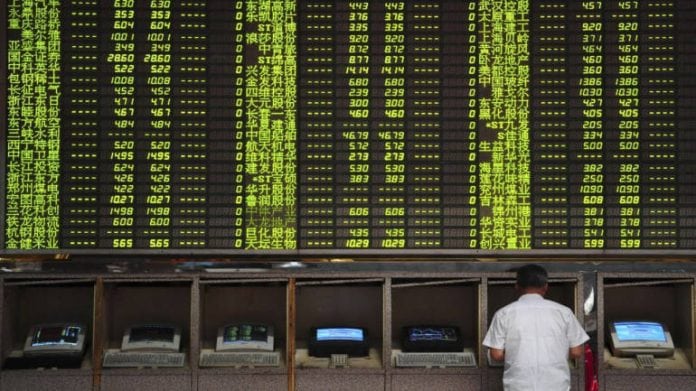MSCI’s broadest index of Asia-Pacific shares outside Japan rose 0.3 percent while Japan’s Nikkei rose 1.0 percent.
Asian shares edged up on Monday as strong US jobs data offset worries that tariff wars between the United States and the rest of the world could drag global economic growth lower.
MSCI’s broadest index of Asia-Pacific shares outside Japan rose 0.3 percent while Japan’s Nikkei rose 1.0 percent.
On Wall Street on Friday, US tech shares soared, pushing up the Nasdaq Composite 1.51 percent to 7,554, near its record closing high of 7,588 marked in March.
In contrast, S&P 500, which rose 1.08 percent on Friday, was still about 140 points off its record peak of 2,872 set in January as concerns about trade frictions curtailed many other shares, including industrials.
Finance leaders of the closest U.S. allies vented anger over the Trump administration’s metal import tariffs on Saturday, setting up a heated fight at a G7 summit next week in Quebec.
Given the strength, the Federal Reserve is all but certain to raise interest rates at its policy meeting next week. That supported the dollar against other currencies.
The U.S. currency traded at 109.50 yen, having gained 0.6 percent on Friday, extending its rebound from Tuesday’s low of 108.115, which was its lowest level in over five weeks.
The euro traded at USD 1.1665, off Thursday’s high of USD 1.1725. Still, it kept some distance from Tuesday’s 10-month low of USD 1.1510 as concerns over Italy’s political crisis have eased.
US crude futures fell to as low as USD 65.51 per barrel on Friday, touching their lowest level in almost two months as growing US crude production and a glut trapped inland due to a lack of pipeline capacity have pressured their prices. They last traded at USD 65.85, flat from Friday close.


